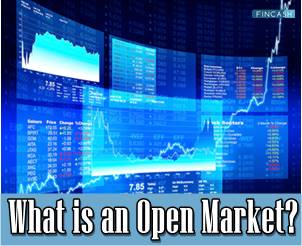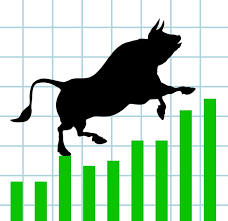What are Open Market Operations?
Open Market Operations (OMO) refers to the concurrent sale and buying of treasury bills and government securities by the Reserve Bank of India (RBI). The central bank in India carries it out as it purchases government assets on the Open Market when it needs to inject liquidity into the Financial System. In this manner, it offers liquidity to commercial banks.

In contrast, it reduces liquidity when it sells securities. This means the central bank has indirect control over the money supply and short-term interest rates. Following the 1991 economic reforms in India, the OMO has taken precedence over the Cash Reserve Ratio (CRR) in regulating liquidity.
Open Market Operations Types
RBI uses two different types of OMOs:
1. Outright Purchase (PEMO)
It is a long-term option that includes purchasing or selling government assets outright. These are permanent. The central bank does not make any promises to sell these securities when it purchases them (and therefore injects money into the Economy). Also, the bank has no Obligation to acquire these assets when it sells them, taking money out of the economy in the process.
2. Repurchase Agreement (REPO)
It is short-term and subject to repurchase. This is a transaction where the date and price of the security's resale are specified in the purchase agreement when the central bank acquires the security. The interest rate at which money is lent is the repo rate.
Talk to our investment specialist
Open Market Operations Vs. Quantitative Easing
The Federal government can use open market operations to affect rate adjustments in the debt market across a Range of assets and maturities. At the same time, quantitative easing is a comprehensive technique to relax or lower borrowing rates to support economic development.
Open Market Operations Monetary Policy
Open market transactions are primarily used to regulate an economy's money. It affects the availability and demand of loans. The Fed's dual purpose of maximizing employment and maintaining stable prices is eventually furthered via the deployment of open market operations as a monetary policy instrument. This is done by affecting the availability of reserves in the banking system, which results in changes in interest rates.
The RBI issues a cheque as payment when it purchases a government bond on the open market. Thanks to this cheque, the economy has more reserves, which raises the money supply. When the RBI sells a bond to private parties or institutions, the number of reserves and, thus, the money supply are reduced
The Bottom Line
OMO is one of the quantitative strategies used by the RBI to minimize the influence of the liquidity circumstances on the levels of interest rates and Inflation throughout the year. By altering the CRR, the bank rate, or open market operations, quantitative methods can regulate the amount of money supply. The Central Bank can use moral persuasion, a margin requirement, or other means to influence commercial banks to discourage or promote lending.
All efforts have been made to ensure the information provided here is accurate. However, no guarantees are made regarding correctness of data. Please verify with scheme information document before making any investment.












